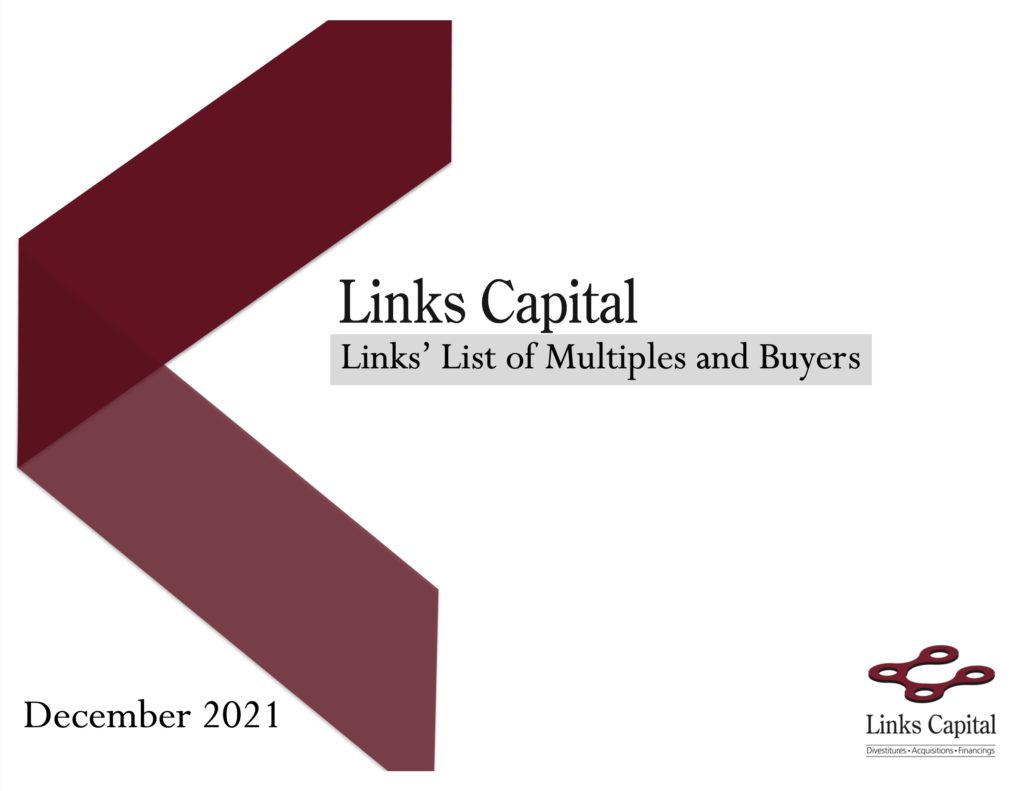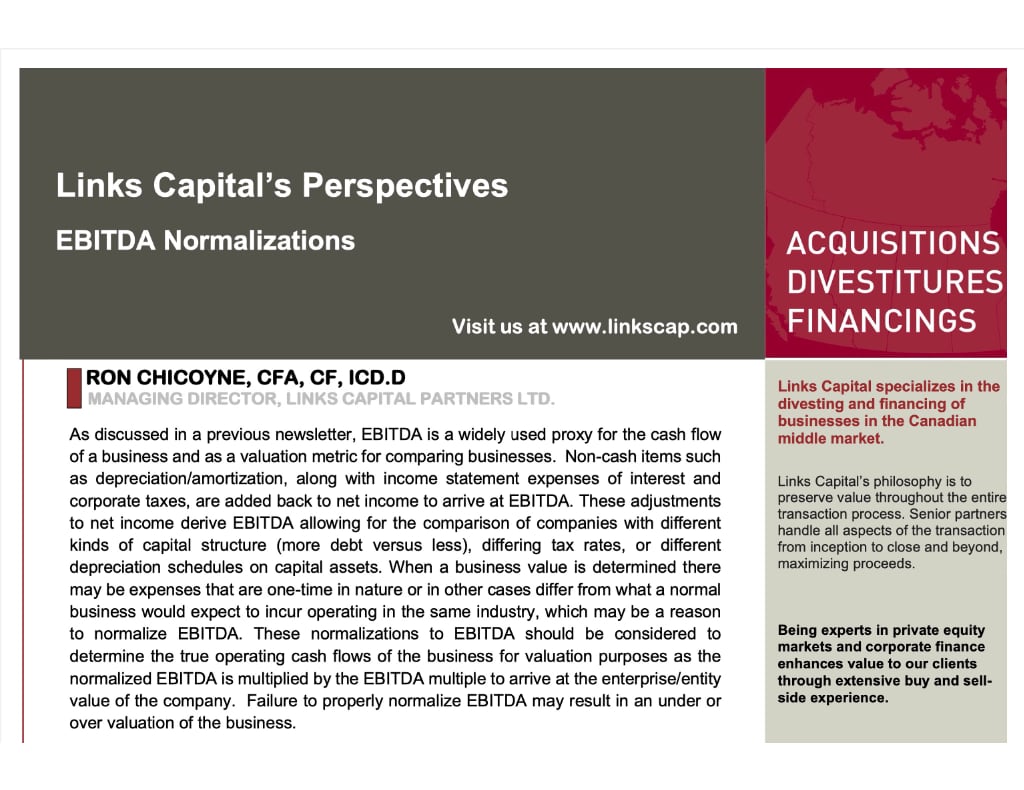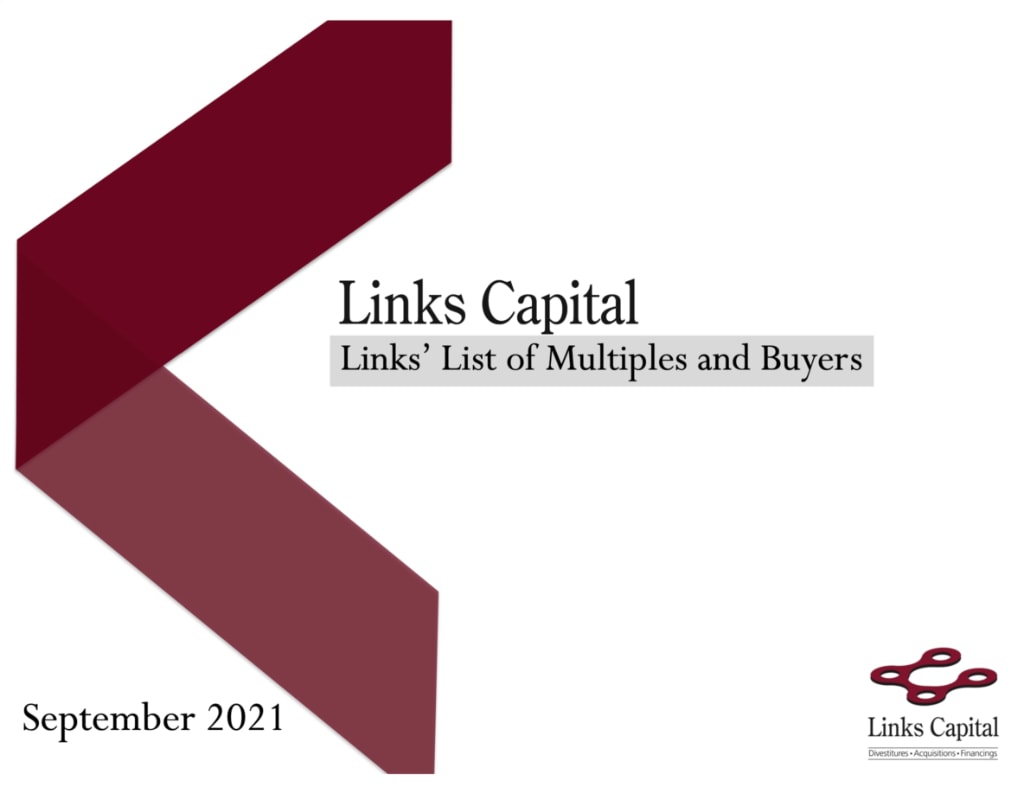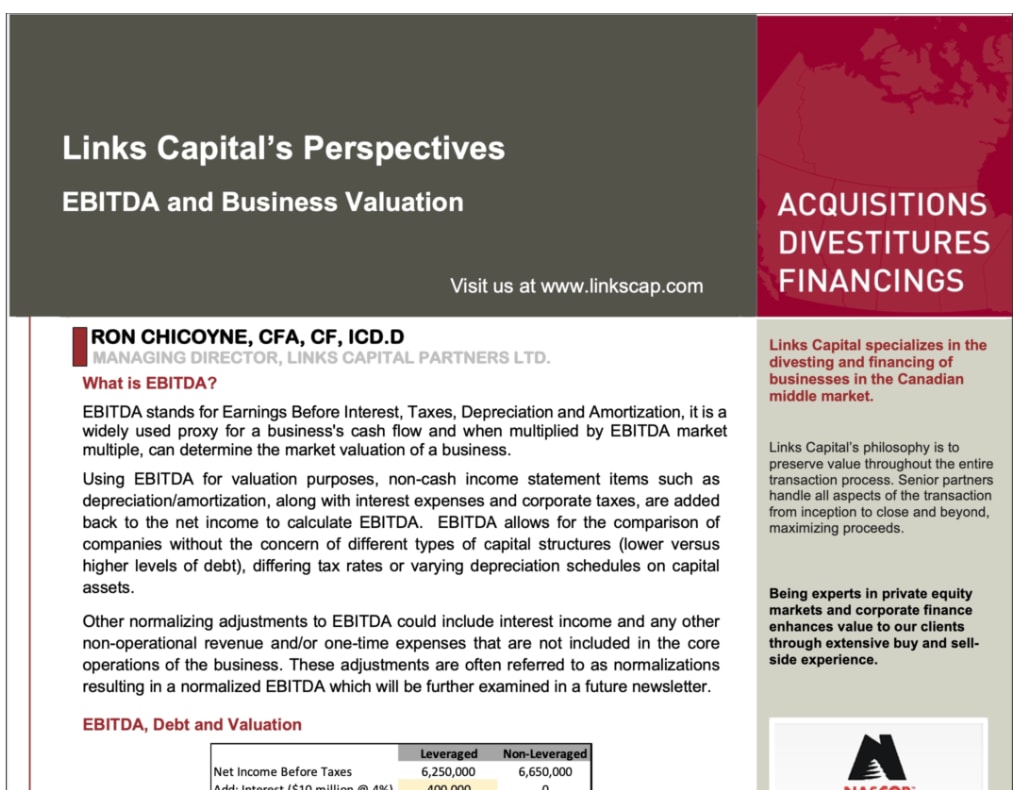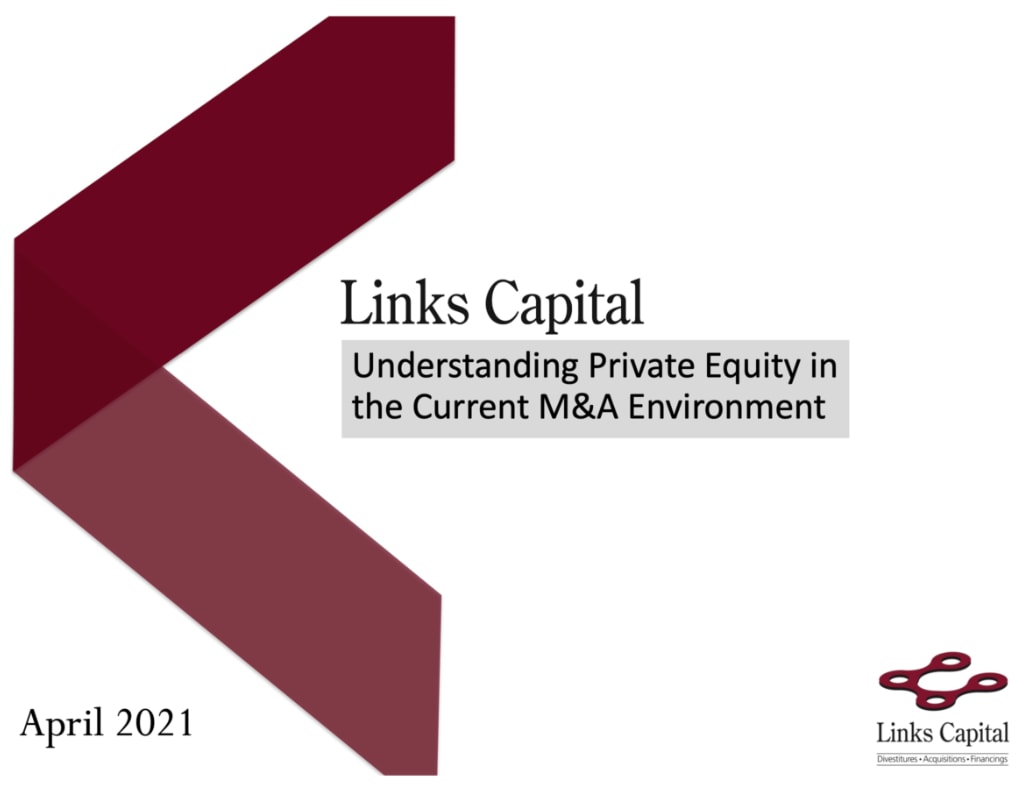Links’ List of Multiples and Buyers | December 2021
In Q3, private equity quarterly multiples were the highest on record collected by GF Data in their 16 year history. A combination of factors are contributing to this increase. According to GF Data, in Q3 2021, more platform transactions were completed vs. add-on transactions. Platform transactions are usually larger than add-on transactions and result in a higher multiple. Further, deals have been structured where buyers are paying on the trailing twelve-month EBITDA that has not completely recovered from the impact of COVID and normalizations to EBITDA fail to capture all the softness in earnings.
Links’ List of Multiples and Buyers | December 2021 Read More »

